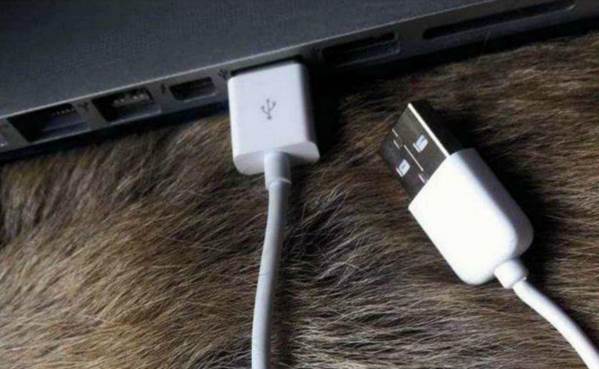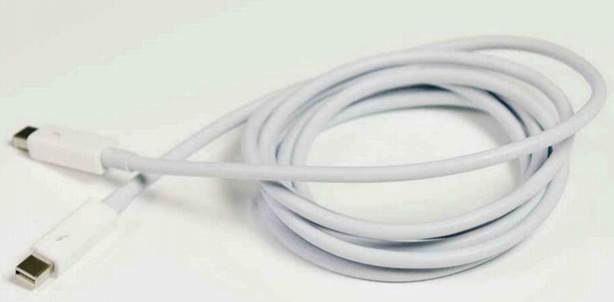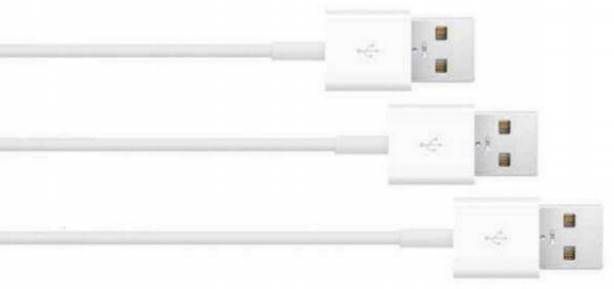USB and Thunderbolt offer fast performance,
but which to choose?
Just as we’ve got the hang of plugging in
existing printers and other peripherals, in a few months Apple has revised
every Mac model, so they now sport with new strengths and foibles. Although we
should still see support for past standards such as FireWire and Universal
Serial Bus (USB) 2 for a while to come, and there should be adaptors to hook up
the latest Macs with older peripherals, you should look now to using newer,
faster connections such as USB 3 and Thunderbolt.

A
bus is simply a set of connections to transfer data between electronic systems
or sub-systems
A bus is simply a set of connections to
transfer data between electronic systems or sub-systems. These can be internal,
such as the Serial ATA bus that connects internal hard disks; or external, such
as printer hooked up via a USB cable. Serial buses transfer the data as a
stream over a small number of wires, as in UBS, FireWire and SATA, Parallel
buses use many wires to transfer the data in parallel, an older approach that
result in bulky and expensive connectors and cables, as in Parallel ATA and PC
Cards.
Classic Macs supported a range of old
peripheral buses, including SCSI for connecting storage devices, and Apple
Desktop Bus (ADB) for input devices such as keyboards and mice. The latter
ambled along at a leisurely pace, shifting data at a maxi-mum of 1.25KB/sec.
Against these, the advent of FireWire 400
(known generically as IEEE 1394) was a revelation: using a cable much cheaper
and simpler that SCSI, it can transfer data at a maximum of 49MB/sec. In
practice, users found its performance similar to that of high-speed USB 2,
although the latter has a maximum rate of 60MB/sec, and half the speed of
successors FireWire 800 (IEEE 1394b) at 98MB/sec. For comparison, giga-bit
Ethernet delivers peak transfer rates of 125MB/sec, and the fastest wifi IEEE
802.11n can achieve 75MB/sec.

As
long as you don’t mix in any old Mini Display Port display cables and use
branded sources, Thunderbolt (above) should be simple to connect
To move your data faster than those older
standards allow, turn to external SATA (eSATA), USB 3 or, of course,
Thunderbolt. eSATA is most widely available in its 300MB/sec form, but the
newer 600MB/sec variety is becoming more popular. That should perform similarly
to USB 3, with its maximum transfer rate of 625MB/sec, but all pale by
comparison next to Thunderbolt, with each of its two channels reaching 1.25GB/sec
– a total of 2500MB/sec. Thunderbolt is effectively a hybrid of PCI Express
used for internal expansion card buses, with DisplayPort for displays.
Peripheral buses differ not only in their
performance, but also in the connectors and cables that they require. While
you’ve probably become quite used to those commonly encountered with older
peripherals, newer ones can be confusing. Ports, plugs and cables vary most in
the early phase of the lifetime of any peripheral bus, although they can also
become more complex later on, when a wider range of peripherals try to
accommodate to the bus and when attempts are made to eke out better
performance.

Full-sized
USB 3 port and plugs are interchangeable with USB 2. However, as miniature
versions appear, they may well not be
At the moment, the only novel peripheral
bus that’s likely to cause cable chaos is thunderbolt, as it incorporates
circuitry into each plug on a cable, and so is prone to problems such as
overheating and cable failure. There are rumors of a batch of black Thunderbolt
cables being particularly vulnerable to over-heating and for the moment you’ll
probably do best sticking with reputable brands such as Apple.
Most modern peripheral buses can deliver
power down the cable to peripherals, and that has generally improved in more
recent standards. For instance, USB 2 is required to provide 500 to 900mA of
current at 5V, but ‘charging devices’ may provide up to 5A – that is, 25W of
power. iPads draw more current when charging than most other devices, and some
Mac USB 2 ports pro-vide insufficient to permit normal charging, although
slow-trickle charging should still occur bring wide support for the delivery of
1.5A (giving 7.5W power) as standard.